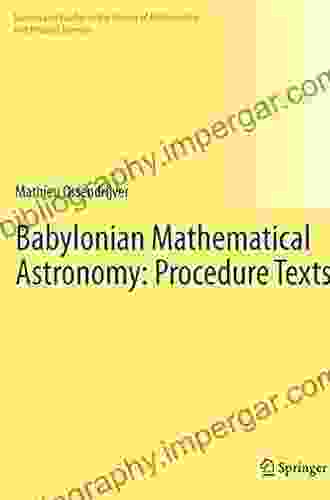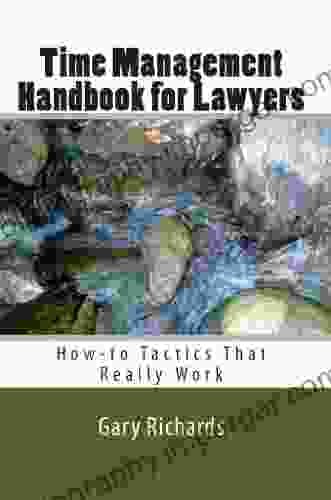Procedure Texts: A Comprehensive Guide to the History of Mathematics and Physical Sciences

Procedure texts, also known as recipe texts, are a unique and valuable genre of historical literature that provide detailed instructions for carrying out a variety of tasks, from cooking and medicine to mathematics and the physical sciences. These texts offer a fascinating glimpse into the development of human knowledge and technology, and they continue to be an important resource for scholars and practitioners alike.
This article will explore the history of procedure texts, discuss their various forms and functions, and highlight some of the most significant examples from the history of mathematics and physical sciences. We will also provide a guide to using procedure texts for research and teaching.
The earliest known procedure texts date back to the ancient world. The Ebers Papyrus, an Egyptian medical text from the 16th century BCE, contains a number of recipes for treating various ailments. The Babylonian clay tablets from the 7th century BCE include instructions for performing mathematical calculations. And the Chinese mathematician Liu Hui compiled a collection of mathematical problems and their solutions in the 3rd century CE.
4.7 out of 5
| Language | : | English |
| File size | : | 29927 KB |
| Screen Reader | : | Supported |
| Print length | : | 644 pages |
Procedure texts continued to be produced throughout the Middle Ages and the Renaissance. The Arab physician al-Razi wrote a treatise on medicine in the 9th century CE that included a number of recipes for preparing medicines. The Italian mathematician Fibonacci published a book on arithmetic in the 13th century CE that included a number of problems and their solutions. And the German natural philosopher Heinrich Cornelius Agrippa von Nettesheim published a book on magic in the 16th century CE that included a number of recipes for performing magical feats.
The 17th and 18th centuries saw a proliferation of procedure texts in the fields of mathematics and physical sciences. The English mathematician Isaac Newton published a number of works on calculus and other mathematical topics that included detailed instructions for performing calculations. The French physicist Antoine Lavoisier published a number of works on chemistry that included detailed instructions for conducting experiments. And the Scottish physicist James Clerk Maxwell published a number of works on electromagnetism that included detailed instructions for building electrical devices.
Procedure texts continued to be produced throughout the 19th and 20th centuries. The American mathematician George Boole published a number of works on logic and probability that included detailed instructions for solving problems. The American physicist Richard Feynman published a number of works on physics that included detailed instructions for performing experiments. And the British computer scientist Alan Turing published a number of works on computation that included detailed instructions for building computers.
Today, procedure texts remain an important resource for scholars and practitioners in a wide variety of fields. They provide a valuable record of the development of human knowledge and technology, and they continue to be used to teach new generations of students.
Procedure texts can take a variety of forms, including:
- Recipes: Instructions for preparing food, medicines, or other products.
- Instructions: Instructions for performing a task, such as building a house or repairing a car.
- Mathematical problems: Problems that require a step-by-step solution.
- Scientific experiments: Instructions for conducting an experiment and interpreting the results.
- Computer programs: Instructions for a computer to perform a task.
Procedure texts can serve a variety of functions, including:
- Preserving knowledge: Procedure texts can be used to preserve knowledge about how to perform a task or solve a problem. This knowledge can be passed down from generation to generation, ensuring that it is not lost.
- Teaching: Procedure texts can be used to teach new generations of students how to perform a task or solve a problem. They can provide clear and concise instructions that can be easily followed.
- Research: Procedure texts can be used to conduct research on a variety of topics. They can provide valuable data about the development of human knowledge and technology.
Some of the most significant procedure texts in the history of mathematics and physical sciences include:
- The Ebers Papyrus (16th century BCE): An Egyptian medical text that contains a number of recipes for treating various ailments.
- The Babylonian clay tablets (7th century BCE): Instructions for performing mathematical calculations.
- Liu Hui's Mathematical Problems and their Solutions (3rd century CE): A collection of mathematical problems and their solutions.
- al-Razi's Treatise on Medicine (9th century CE): A treatise on medicine that includes a number of recipes for preparing medicines.
- Fibonacci's Book on Arithmetic (13th century CE): A book on arithmetic that includes a number of problems and their solutions.
- Heinrich Cornelius Agrippa von Nettesheim's Book on Magic (16th century CE): A book on magic that includes a number of recipes for performing magical feats.
- Isaac Newton's Mathematical Principles of Natural Philosophy (1687): A work on calculus and other mathematical topics that includes detailed instructions for performing calculations.
- Antoine Lavoisier's Elements of Chemistry (1789): A work on chemistry that includes detailed instructions for conducting experiments.
- James Clerk Maxwell's Treatise on Electricity and Magnetism (1873): A work on electromagnetism that includes detailed instructions for building electrical devices.
- George Boole's An Investigation of the Laws of Thought (1854): A work on logic and probability that includes detailed instructions for solving problems.
- Richard Feynman's Lectures on Physics (1963): A work on physics that includes detailed instructions for performing experiments.
- Alan Turing's On Computable Numbers, with an Application to the Entscheidungsproblem (1936): A work on computation that includes detailed instructions for building computers.
These are just a few examples of the many significant procedure texts that have been produced throughout history. These texts provide a valuable record of the development of human knowledge and technology, and they continue to be used to teach new generations of students.
Procedure texts can be a valuable resource for scholars and practitioners in a wide variety of fields. They can provide unique insights into the development of human knowledge and technology, and they can be used to teach new generations of students.
When using procedure texts for research, it is important to be aware of the following:
- The date and provenance of the text: This information can help you to understand the context in which the text was produced and the intended audience.
- The purpose of the text: This information can help you to understand the author's intentions and the type of information that is contained in the text.
- The methods described in the text: This information can help you to understand how the task or problem was solved at the time the text was produced.
When using procedure texts for teaching, it is important to be aware of the following:
- The difficulty of the text: This information can help you to choose texts that are appropriate for the level of your students.
- The clarity of the text: This information can help you to choose texts that are easy for your students to understand.
- The relevance of the text: This information can help you to choose texts that are connected to the topics that you are teaching.
Procedure texts can be a valuable resource for both research and teaching. By understanding the history, forms, and functions of procedure texts, you can use them to gain insights into the development of human knowledge and technology and to teach new generations of students.
Procedure texts are a unique and valuable genre of historical literature that provide detailed instructions for carrying out a variety of tasks. These texts offer a fascinating glimpse into the development of human knowledge and technology, and they continue to be an important resource for scholars and practitioners alike.
This article has explored the history of procedure texts, discussed their various forms and functions, and highlighted some of the most significant examples from the history of mathematics and physical sciences. We have also provided a guide to using procedure texts for research and teaching.
We hope that this article has given you a greater appreciation for the value of procedure texts. These texts are a testament to the human spirit of innovation and creativity, and they continue to play an important role in our understanding of the world around us.
4.7 out of 5
| Language | : | English |
| File size | : | 29927 KB |
| Screen Reader | : | Supported |
| Print length | : | 644 pages |
Do you want to contribute by writing guest posts on this blog?
Please contact us and send us a resume of previous articles that you have written.
 Book
Book Novel
Novel Page
Page Chapter
Chapter Text
Text Story
Story Genre
Genre Reader
Reader Library
Library Paperback
Paperback E-book
E-book Magazine
Magazine Newspaper
Newspaper Paragraph
Paragraph Sentence
Sentence Bookmark
Bookmark Shelf
Shelf Glossary
Glossary Bibliography
Bibliography Foreword
Foreword Preface
Preface Synopsis
Synopsis Annotation
Annotation Footnote
Footnote Manuscript
Manuscript Scroll
Scroll Codex
Codex Tome
Tome Bestseller
Bestseller Classics
Classics Library card
Library card Narrative
Narrative Biography
Biography Autobiography
Autobiography Memoir
Memoir Reference
Reference Encyclopedia
Encyclopedia Fred Eugene Ray
Fred Eugene Ray Julie Sawchuk
Julie Sawchuk Sir John Robert Seeley
Sir John Robert Seeley Fritz Klocke
Fritz Klocke Franklin D R Kestner
Franklin D R Kestner Fiona Jallings
Fiona Jallings Gary D Christian
Gary D Christian Madeleine Albright
Madeleine Albright Garry Kasparov
Garry Kasparov William Merrin
William Merrin Paul A Rees
Paul A Rees John Woodrow Cox
John Woodrow Cox Tony Russell
Tony Russell Spencer A Rathus
Spencer A Rathus John Sellars
John Sellars Nadia Ferrara
Nadia Ferrara Jan Timman
Jan Timman Ian Shine
Ian Shine Frank Hopkinson
Frank Hopkinson Eva Dillon
Eva Dillon
Light bulbAdvertise smarter! Our strategic ad space ensures maximum exposure. Reserve your spot today!

 Jonathan HayesWhy Does Everything Have to Be Perfect? Exploring the Crippling Cycle of...
Jonathan HayesWhy Does Everything Have to Be Perfect? Exploring the Crippling Cycle of...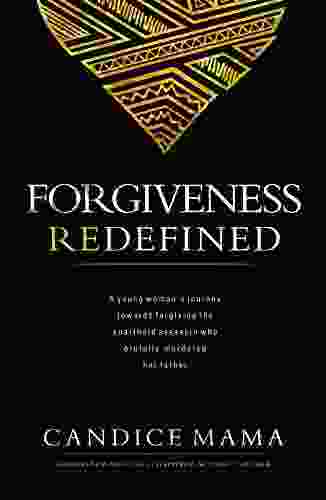
 Darrell PowellA Journey of Forgiveness: A Young Woman's Path to Healing from the Wounds of...
Darrell PowellA Journey of Forgiveness: A Young Woman's Path to Healing from the Wounds of...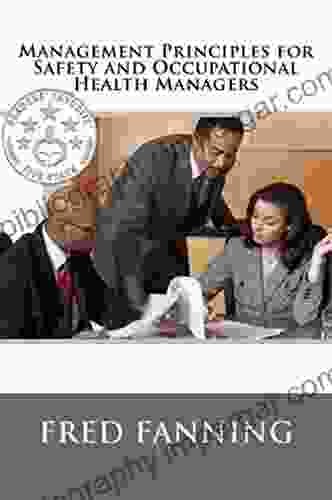
 Francis TurnerWind Resources and Future Energy Security: The Key to a Sustainable Energy...
Francis TurnerWind Resources and Future Energy Security: The Key to a Sustainable Energy... David MitchellFollow ·9.7k
David MitchellFollow ·9.7k Jason ReedFollow ·19.2k
Jason ReedFollow ·19.2k Jordan BlairFollow ·4.6k
Jordan BlairFollow ·4.6k Alex ReedFollow ·3.8k
Alex ReedFollow ·3.8k Jim CoxFollow ·17.7k
Jim CoxFollow ·17.7k Roger TurnerFollow ·7.3k
Roger TurnerFollow ·7.3k Daniel KnightFollow ·19.3k
Daniel KnightFollow ·19.3k Jonathan HayesFollow ·3.2k
Jonathan HayesFollow ·3.2k
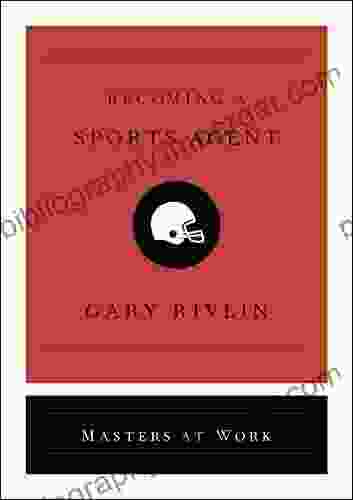
 Alexander Blair
Alexander BlairBecoming Sports Agent Masters At Work: The Ultimate Guide
What is a Sports...
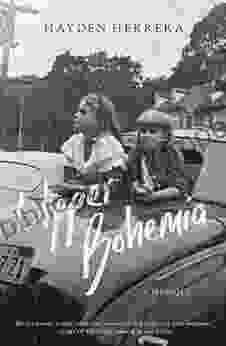
 Xavier Bell
Xavier BellUnveiling the Enchanting World of Upper Bohemia: A Review...
A Captivating...

 Chris Coleman
Chris ColemanUnveiling the Secrets: Extreme Rapid Weight Loss Hypnosis...
In the relentless pursuit of a slimmer,...
4.7 out of 5
| Language | : | English |
| File size | : | 29927 KB |
| Screen Reader | : | Supported |
| Print length | : | 644 pages |


